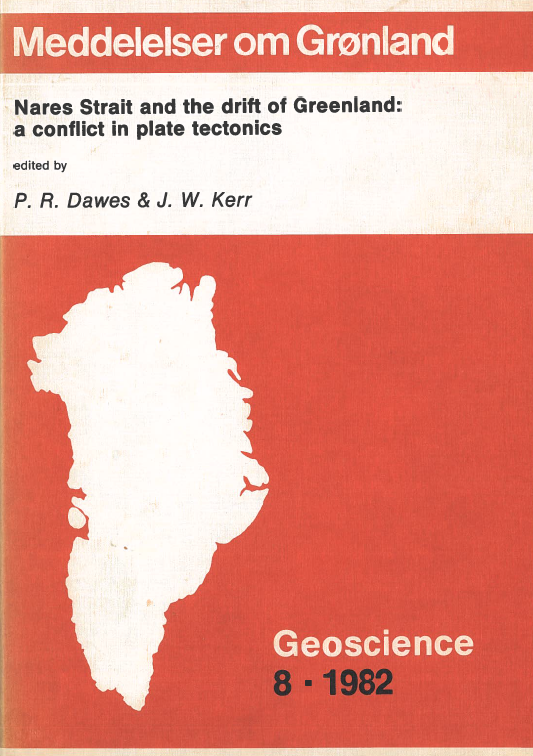Crustal history and basin development of Baffin Bay
DOI:
https://doi.org/10.7146/moggeosci.v8i.139603Abstract
Lack of definitive magnetic anomaly stripe data in Baffin Bay and Davis Strait imposes severe limitations on the extension of the Labrador Sea sea-floor spreading model into these areas. Using refraction and earthquake seismicity data to examine crustal and mantle structure, a case is presented for the existence of oceanic crust in Baffin Bay, and a bridge of continental crust connecting Greenland and Baffin Island across Davis Strait. Reconstruction or closure of Greenland with Labrador and Baffin Island is made by first defining their respective continental-oceanic crust boundaries, and then by juxtaposing these boundaries. The two sets of motion implied by Srivastava's (1978) interpretation of the magnetic anomaly pattern in the Labrador Sea are used to develop an opening motion for Labrador Sea and Baffin Bay. The Baffin Bay opening began in Paleocene time (anomaly 24) and ceased about Eocene time (anomaly 20). This motion is along a strike-slip fault crossing through Davis Strait which resulted in Baffin Bay opening as a rhombochasm with a bridge of continental crust being maintained in Davis Strait.
The suggested origin of Baffin Bay requires appreciable movement to have occurred either along Nares Strait or in the Canadian Arctic Archipelago.
Downloads
Published
How to Cite
Issue
Section
License
Coypyright by the authors and the Commision for Scientific Research in Greenland / Danish Polar Center. No parts of the publications may be reproduced in any form without the written permission by the copyright owners.


